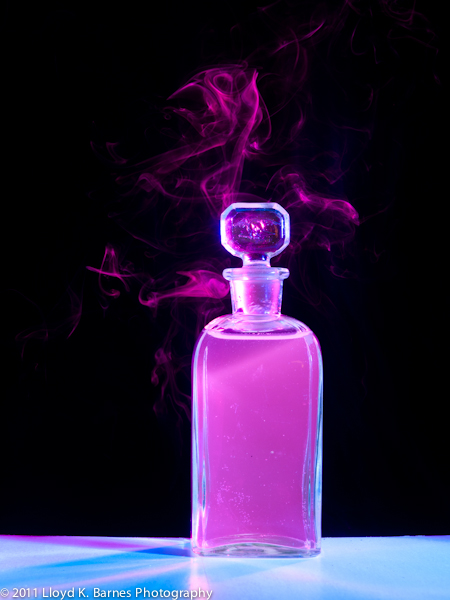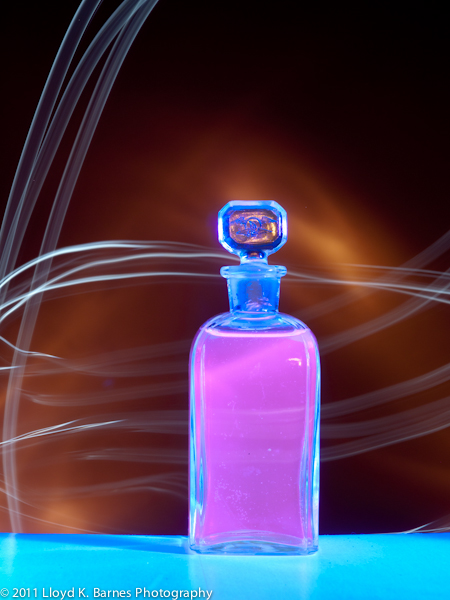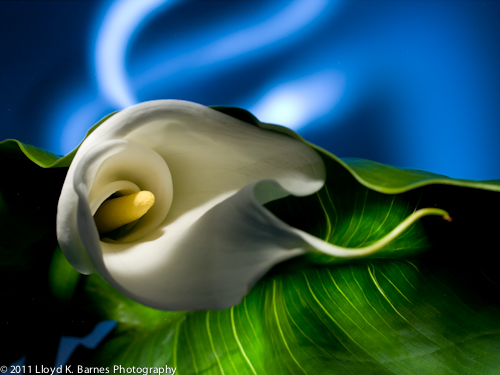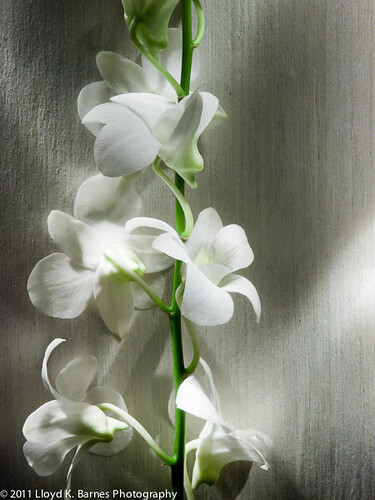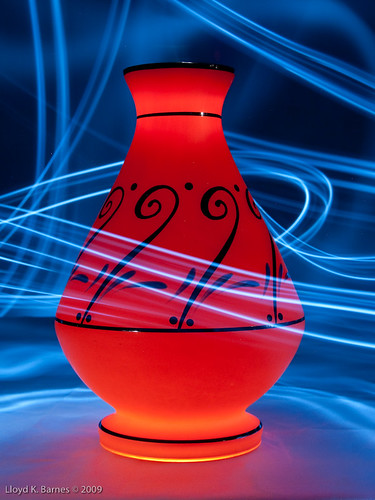Tips for green photography
The news about the serious nuclear contamination and radiation from the stricken Fukushima Daiichi reactor in Japan is a strong reminder about our dependence on the environment. This is a terrible event and highlights the costs involved in generating power for our industrial society.
However, the cost to the environment for using fossil fuels such as coal and petroleum are even more serious, although less visible. For example, Seth Godin showed how coal energy costs 4000 lives for every life lost by nuclear power. We also know that the greenhouse effect of carbon dioxide released into the atmosphere by burning fossil fuels is changing climate, especially in the arctic. The impact of this climate change is slow and without the immediate scary impact as nuclear contamination, but over the long term is even more deadly.
I read the book Collapse by Jared Diamond, which showed how cultures throughout history had come to an end as a result of using their environmental resources in unsustainable ways. The comparison to our modern culture is quite profound and eye-opening. Luckily, there is still time to avert the severe consequences of an environment collapse!
What can photographers do to minimize their impact on the environment?
I found a website called The Green Photographer, that has some ideas - mainly involving the 3 R's - Reduce, Reuse, Recycle. Many of the ideas are applicable to any business or household, not just photography, and definitely worth implementing.
Some specific ideas for photographers:
- Use digital instead of film cameras
The environmental impact of digital versus film photography seems to fall in favour of digital photography, primarily because digital uses smaller amounts of less toxic chemicals. Most of the digital photographs will never be printed, and those that are printed typically use more http://www.minale.com.au/buy-viagra-sildenafil-online/ environmentally friendly chemicals. In addition using less paper helps to save trees.
- Use digital proofing instead of print
To take advantage of the environmental benefits of digital photography, do not print until necessary. Use projection or monitors to view the proofs with clients.
- Digital photography uses more energy than film
Use rechargeable batteries as much as possible for the cameras and flash units.
- Recycle used ink and toner cartridges
- Recycle e-waste (for example old digital cameras, computers, cell phones, monitors)
- Reduce and offset your carbon footprint
Use online tools to calculate your carbon footprint and purchase carbon offsets. The Go Carbon Neutral program has some excellent tools and advice.
- Use suppliers with carbon neutral and other sustainability programs
Check out your printers and paper suppliers to see what they are doing to reduce and offset carbon emissions and minimize their impact to the environment. If there are other suppliers doing a better job, bring your business to them instead.
- Communication
Photographers can also play a role in educating people about environmental and green issues through their photos and images. These floating in trash images show environmental problems with a visual impact, as do these images of plastic pollution on the remote Pacific island of Midway by photographer Chris Jordan. Some other works by Chris Jordan help to picture the immense numbers involved in the creation of our environmental problems in a way that cannot be done in words.
It can be overwhelming and difficult to take action when you are one person or a small business and just a tiny part of the big environmental picture. However, every contribution makes a difference and the numbers can be turned around to benefit rather than harm the environment and contribute to long term sustainability.
If you have another tip for being an environmentally friendly photographer, please add it to the comment section. I'm sure there are many other ideas that I have missed!
